SDLC: A Journey To Quality Software Development
Software Development Life Cycle (SDLC), evident from its name, is a process of representation of the systematic operation involved in software building. SDLC ensures the accuracy and quality of the built software and is used to produce high-quality software that satisfies customer requirements.
The aim is to achieve all the software development in a limited time frame with the best output as per the requisition. The SDLC sets the guidelines that outline various phases, and stages that incorporate their process and deliverables. Following a structured development life cycle increases development efficiency, reduces project risks, and lowers costs related to alternative manufacturing techniques.
Phases in SDLC:
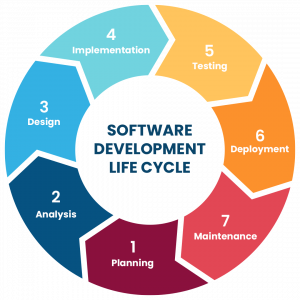
1. Planning:
This stage involves defining the project scope, identifying the resources needed, and creating a project plan. This phase encompasses every aspect of project and product management. It enables us to get a clearer picture of the entire project’s scope, the anticipated issues, opportunities, and directives.
2. Analysis:
The requirements for the software are gathered and analyzed in this stage. It may include performing market research, gathering user feedback, and identifying the technical feasibility of the project. As a part of the feasibility check the areas such as the economic, legal, and technical need to be considered.
3. Design:
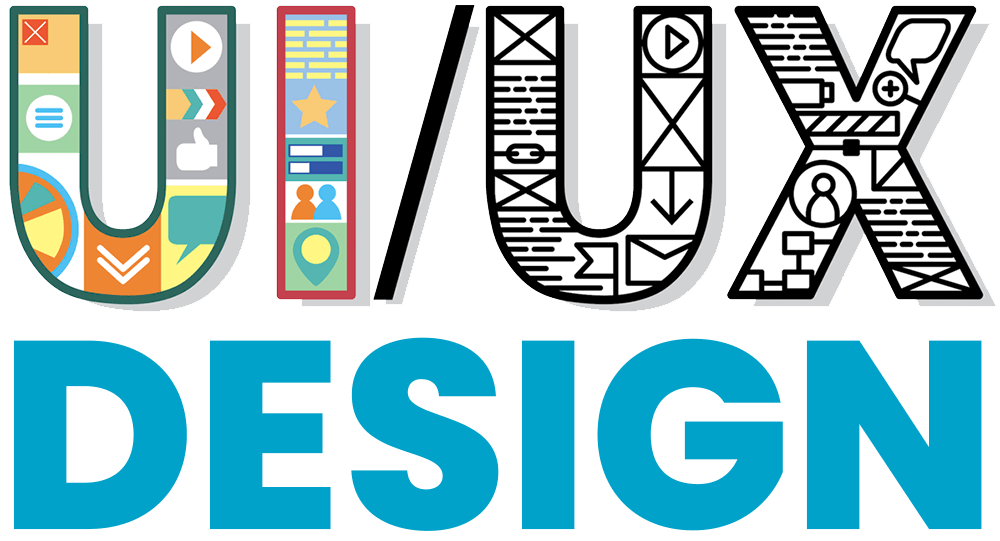
The software architecture and user interface are planned and created during the designing phase. This stage may also involve creating flowcharts, wireframes, and other design documents. Based on the requirements specified in Software Requirement Specification (SRS) the product architecture is proposed with usually more than one design approach.
4. Implementation:
In this stage, the code for the software is written, and here is where the actual development starts. This may include writing individual code modules, integrating them into the overall system, and testing to ensure that the software is functional and bug-free. The developers need to follow coding guidelines set forth by the organization. C, C++, Pascal, Java, and PHP are the different high-level languages used for coding.
5. Testing:
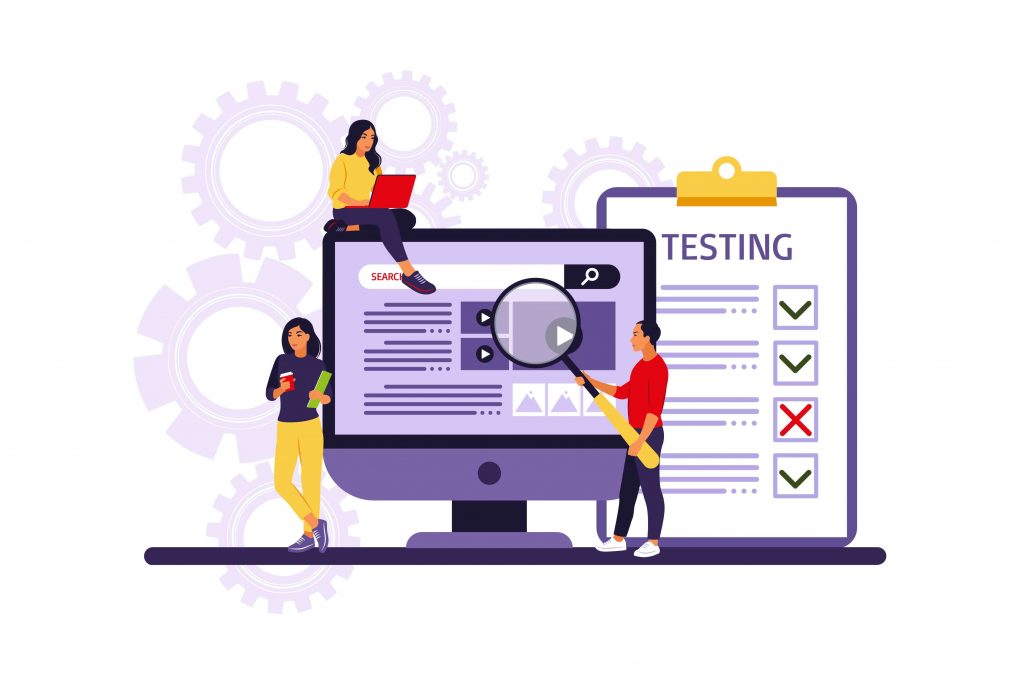
During the testing stage, the software is thoroughly tested to ensure that it meets the requirements and functions correctly. The objective is to ensure that the entire application works according to the customer’s requirements. This may include both automated and manual testing. The testing and QA team find defects that are fixed by the developers and the cycle goes on till perfection.
6. Deployment:
Once the software has been thoroughly tested and is ready for release, it is deployed to the end users. Released software is checked for deployment issues if any. This stage may involve installing the software on users’ computers, configuring the system, and providing user support.
7. Maintenance:
- Bug fixing
- Feature addition/Upgrades
- Improvements/Enhancements
SDLC Models
During the development cycles, the process goes through specific modes based on the requirement and type of development involved. A series of unique steps are followed to ensure success in the process of software building which are:
Waterfall:
In this widely accepted model, the software development process is divided into several stages, each lasting a specific amount of time. It involves a sequential system in which the outcome of one phase is used as the input to the next phase.
The model provides discipline and produces evident output after each phase. But when flexibility is a requirement, this model doesn’t work well as there is only a little room for change. Any change made affects the cost, delivery time, and quality of the software.
Agile:

One of the most popular SDLC models, Agile is a flexible, iterative, and incremental methodology that focuses on customer satisfaction, collaboration, and rapid delivery of working software. Development teams are enabled to work coherently to produce rapid and high-quality software while responding to changing customer requirements.
It involves early and frequent client feedback in which the client is actively involved in the development process to ensure that the product meets their needs. As the project is broken down into small, manageable chunks called “iterations”, each iteration focuses on specific time-bound duties. The teams are able and autonomous to decide the best outcome. Here documents and reports play second fiddle as the primary measure of progress is working software.
Lean:
The Lean Model is a modern approach to software development that focuses on reducing waste and improving efficiency. Emphasis is on the importance of customer feedback and the need to quickly iterate and refine features. Additionally, it promotes the use of agile development principles.
The lean principles include:
- Waste elimination
- Enhance learning
- Holistic building
- Faster decisions
- Quicker delivery
- Team empowerment
- Integrity Building
Iterative:
The iterative model involves repeating the same activities repeatedly, with each iteration resulting in a better-refined product. Projects that require continual adjustment due to changing requirements or customer feedback are the best for this model. It allows more flexibility and responsiveness to customer needs as the product is developed.
Spiral:
The development process is driven by uncommon risk patterns involved in a project under the Spiral model of SDLC. This model combines the features of both the Waterfall Model and the Iterative Model. It is an evolutionary software process model that combines the elements of Risk Analysis, prototyping, and iterative development. After the evaluation of the project by the development team, they determine which elements need to be incorporated from the other process models.
V-Shaped:
Here, in this model, the testing and development are planned parallelly and are done in a highly disciplined manner. The V model is an extension of the waterfall model with the sequential execution of software testing and development. It is also known as the validation or verification model.
At Fegno Technologies, we take pride in our commitment to quality. Our experienced team of engineers ensures that the development process follows the best practices of the Software Development Life Cycle (SDLC). We understand that quality assurance is the key to delivering reliable, secure, and effective solutions. We guarantee that every product we deliver meets the highest standards of quality, with our comprehensive process. Contact us today to learn how Fegno ensures SDLC in its development process.
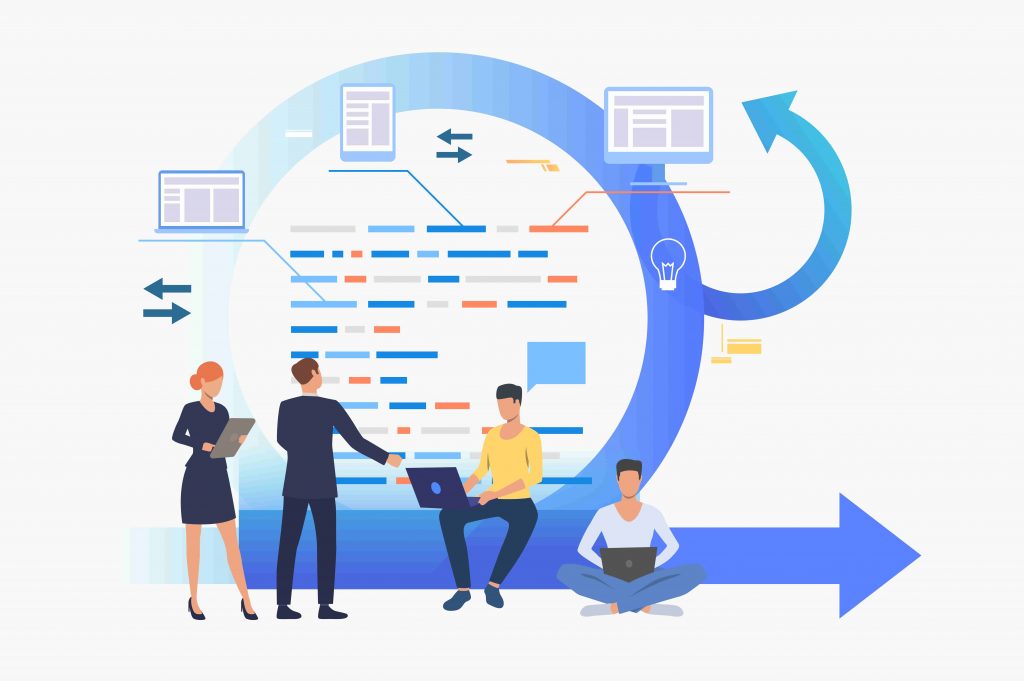
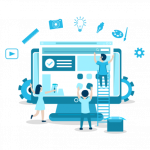
 Schedule An Appointment
Schedule An Appointment